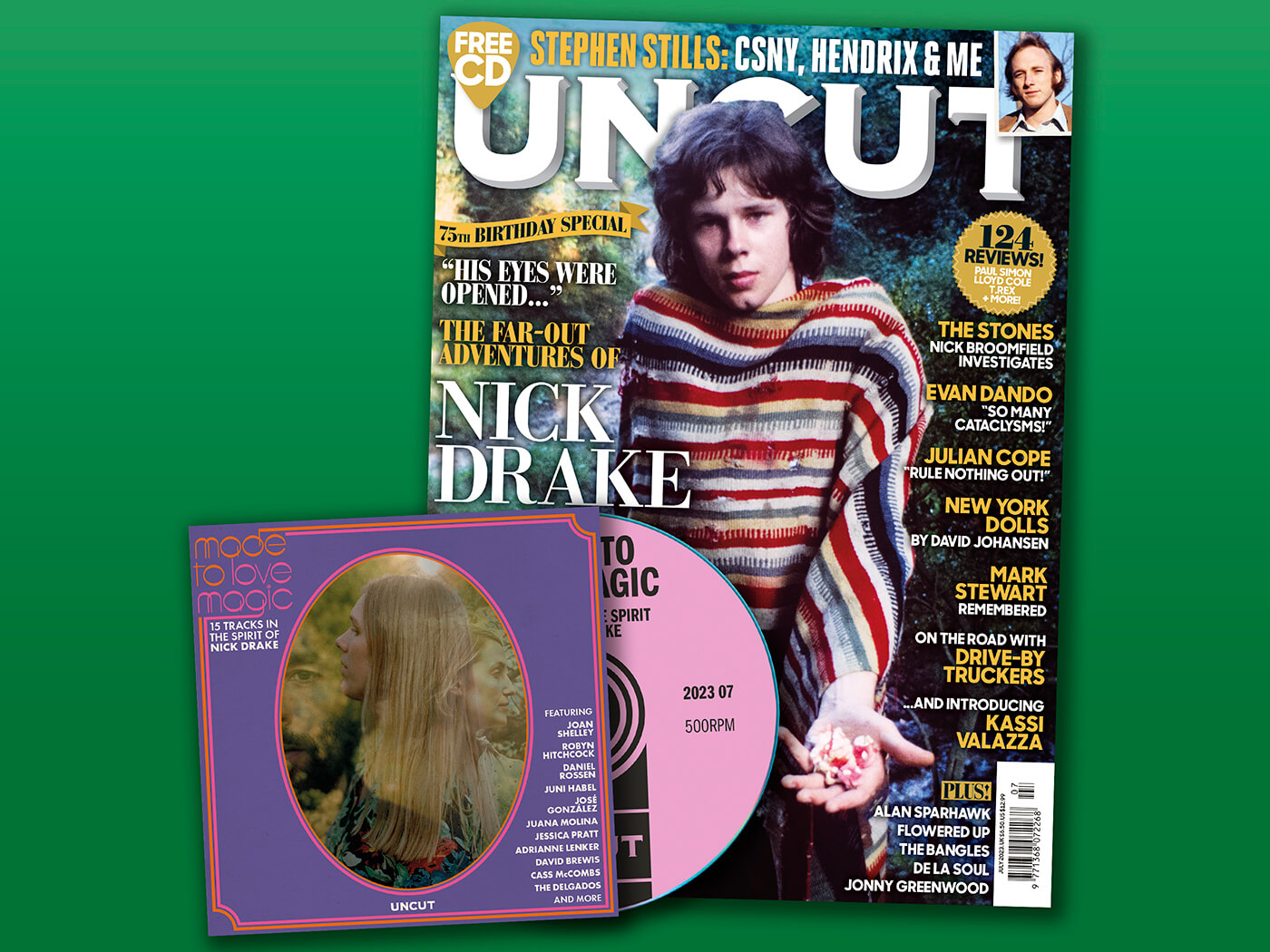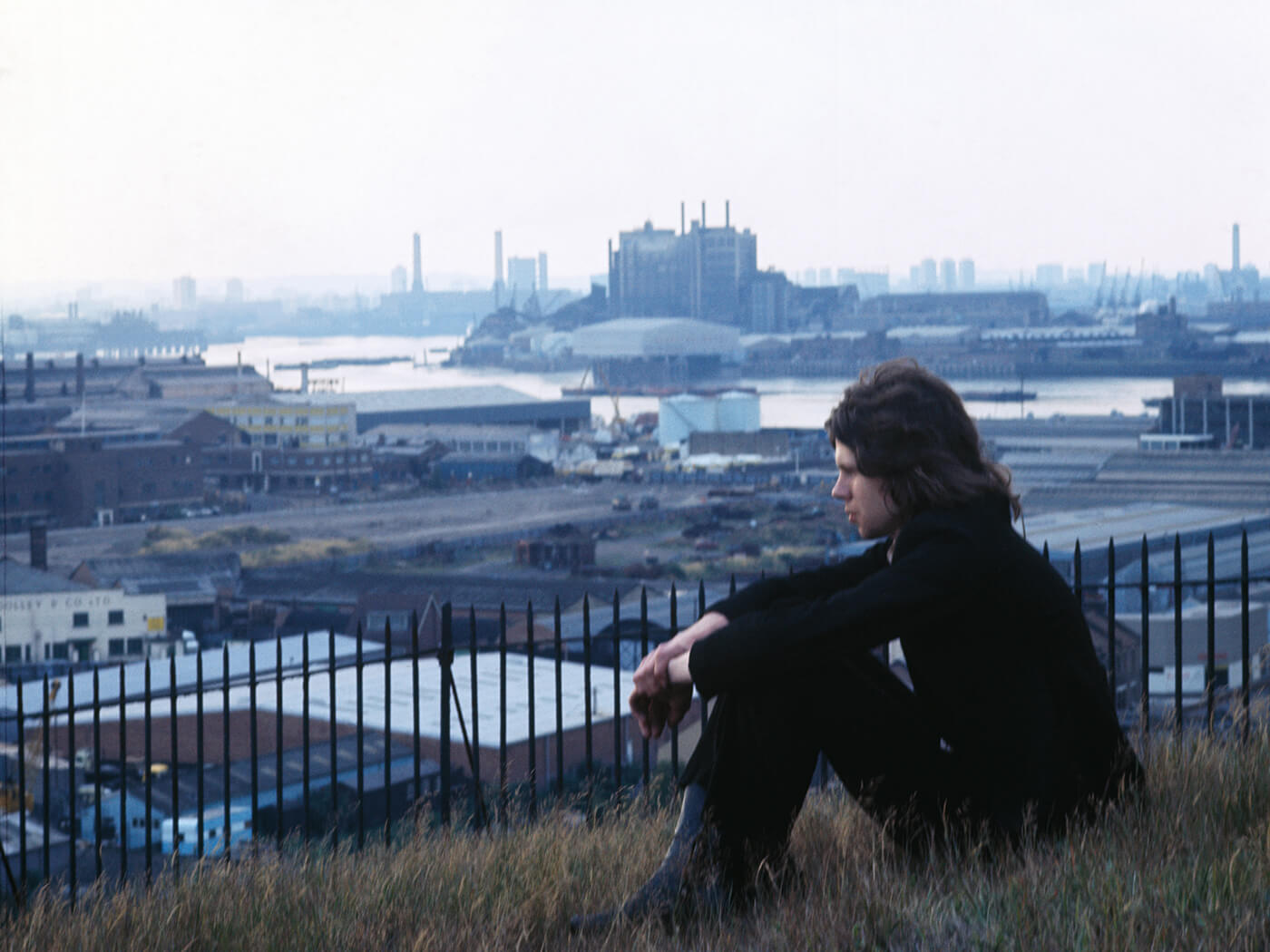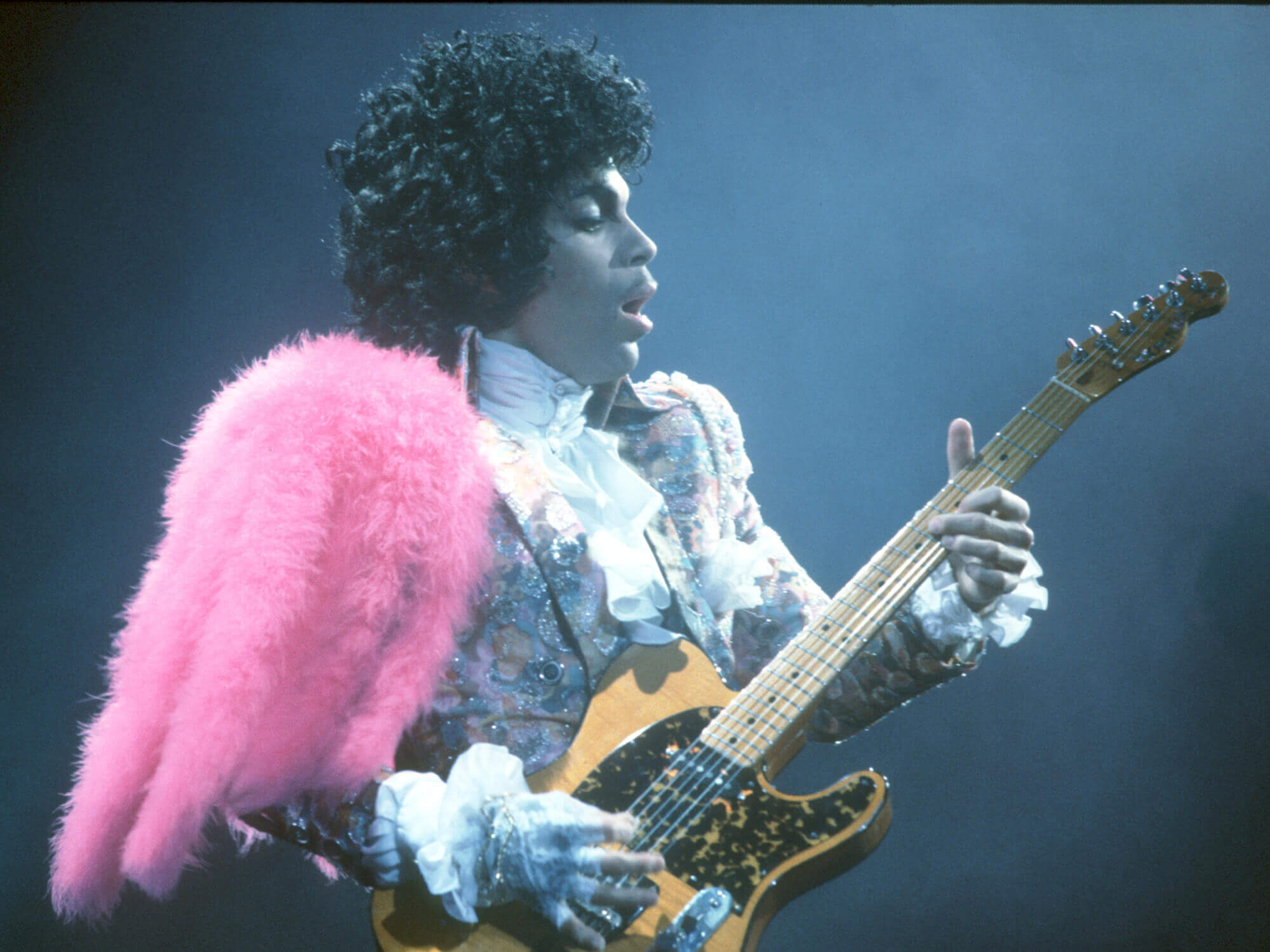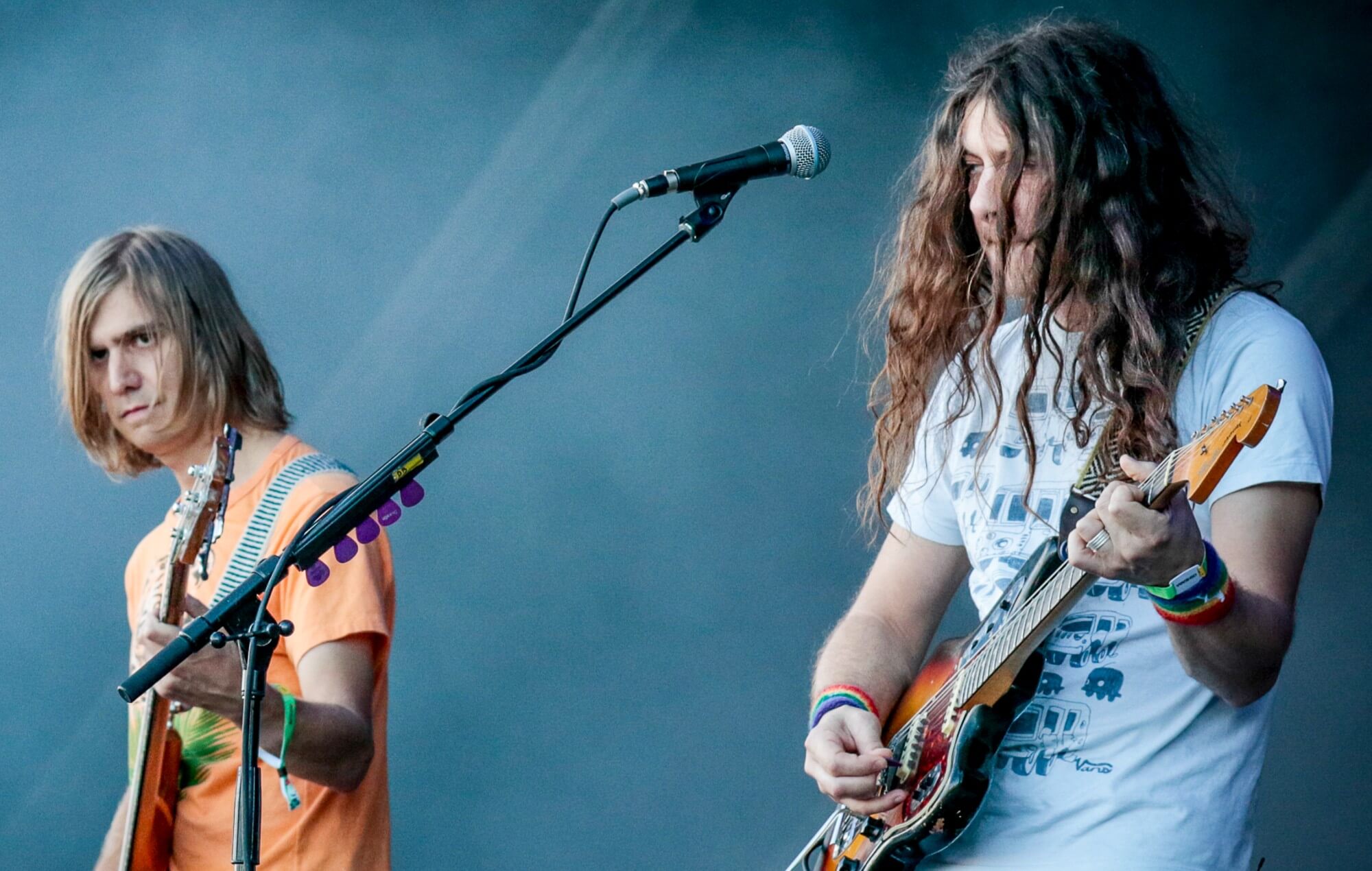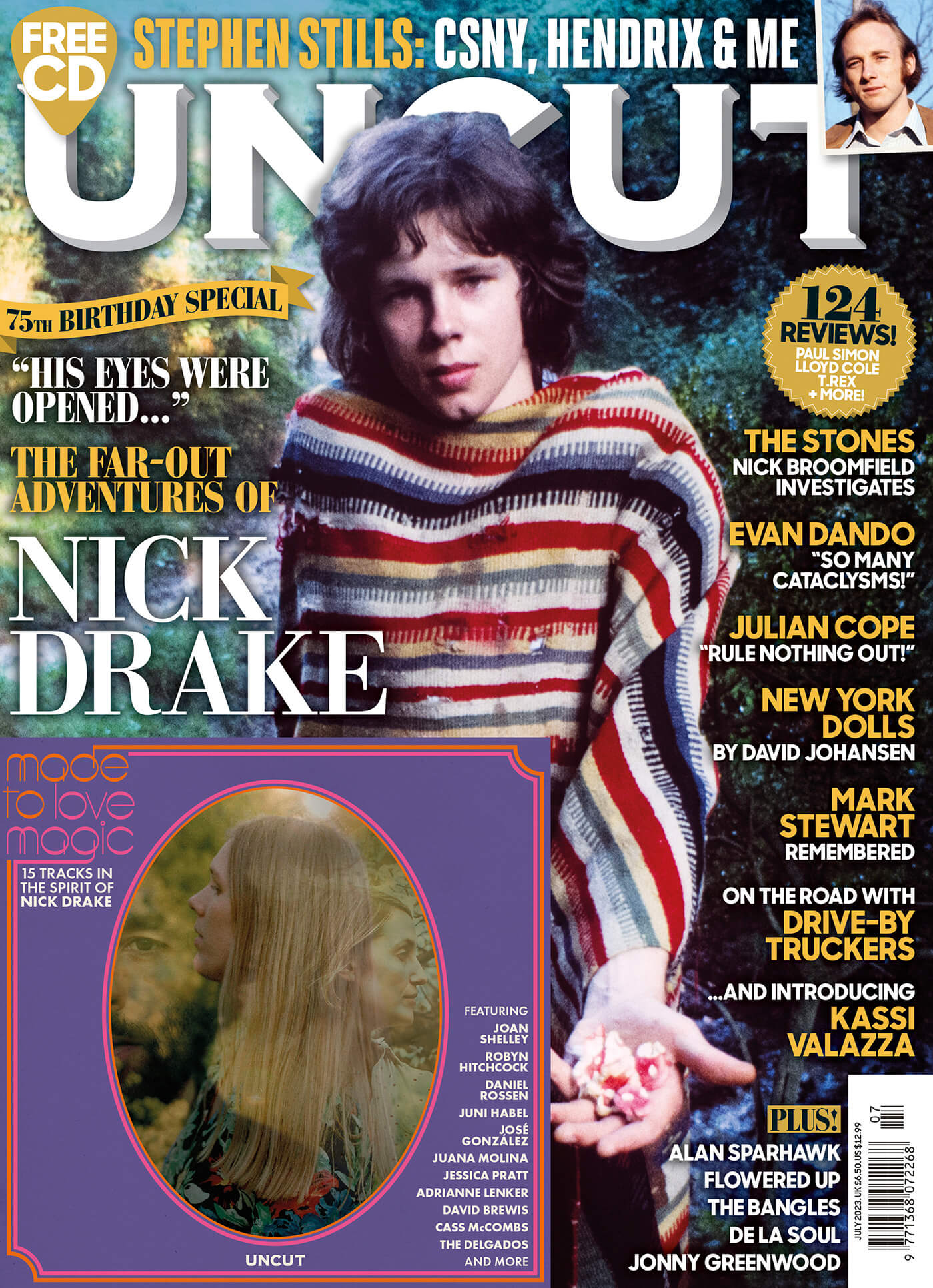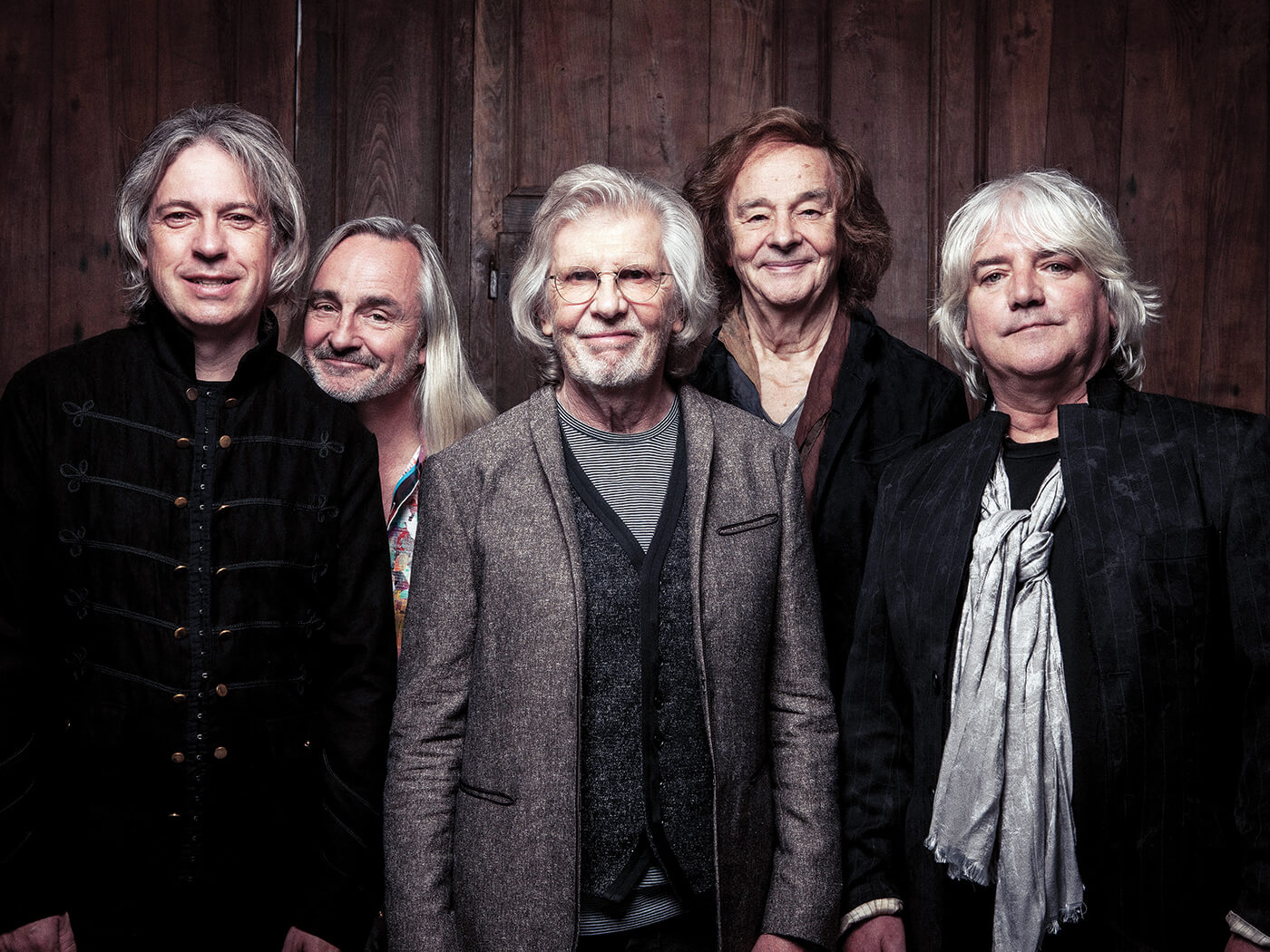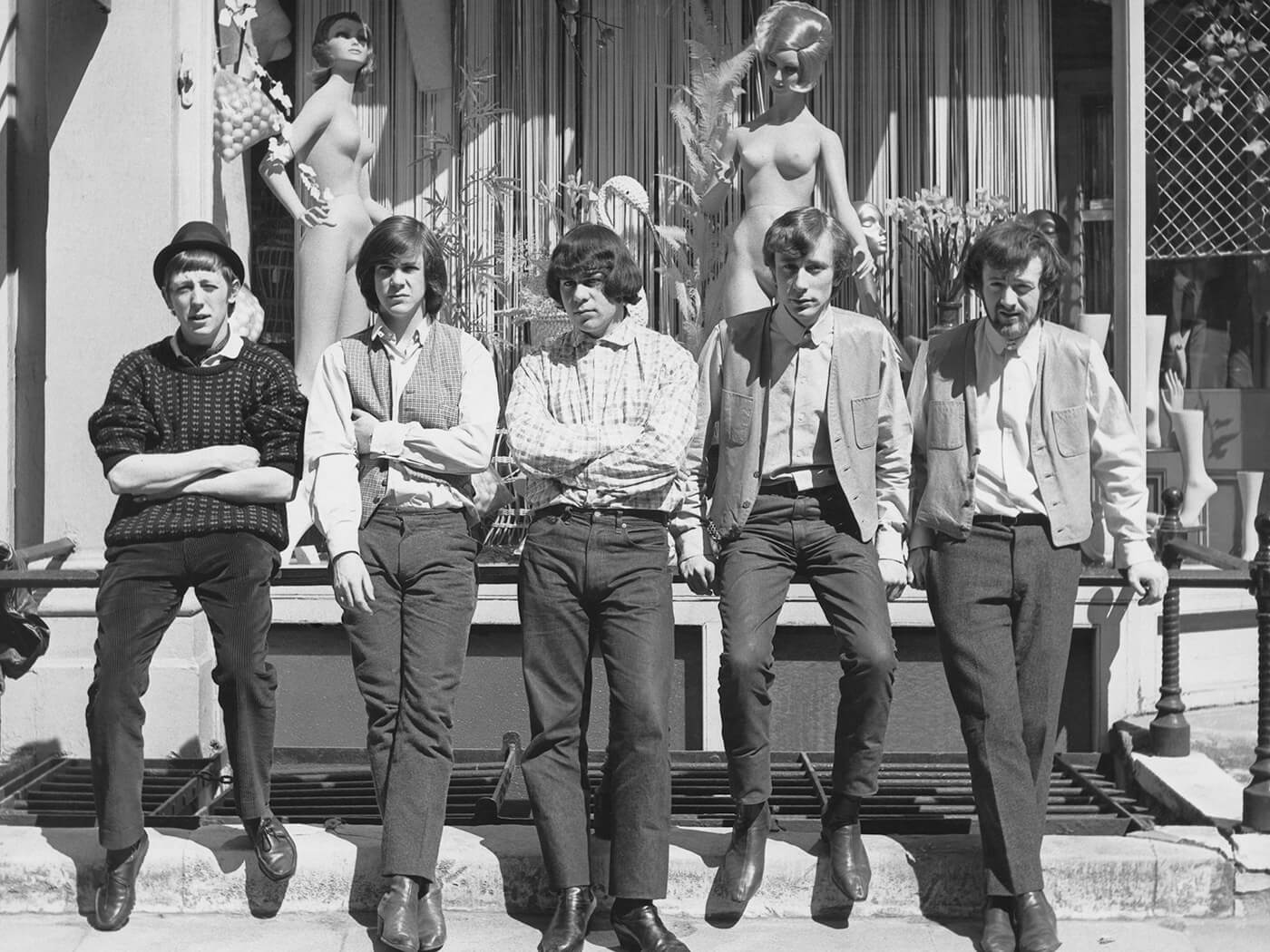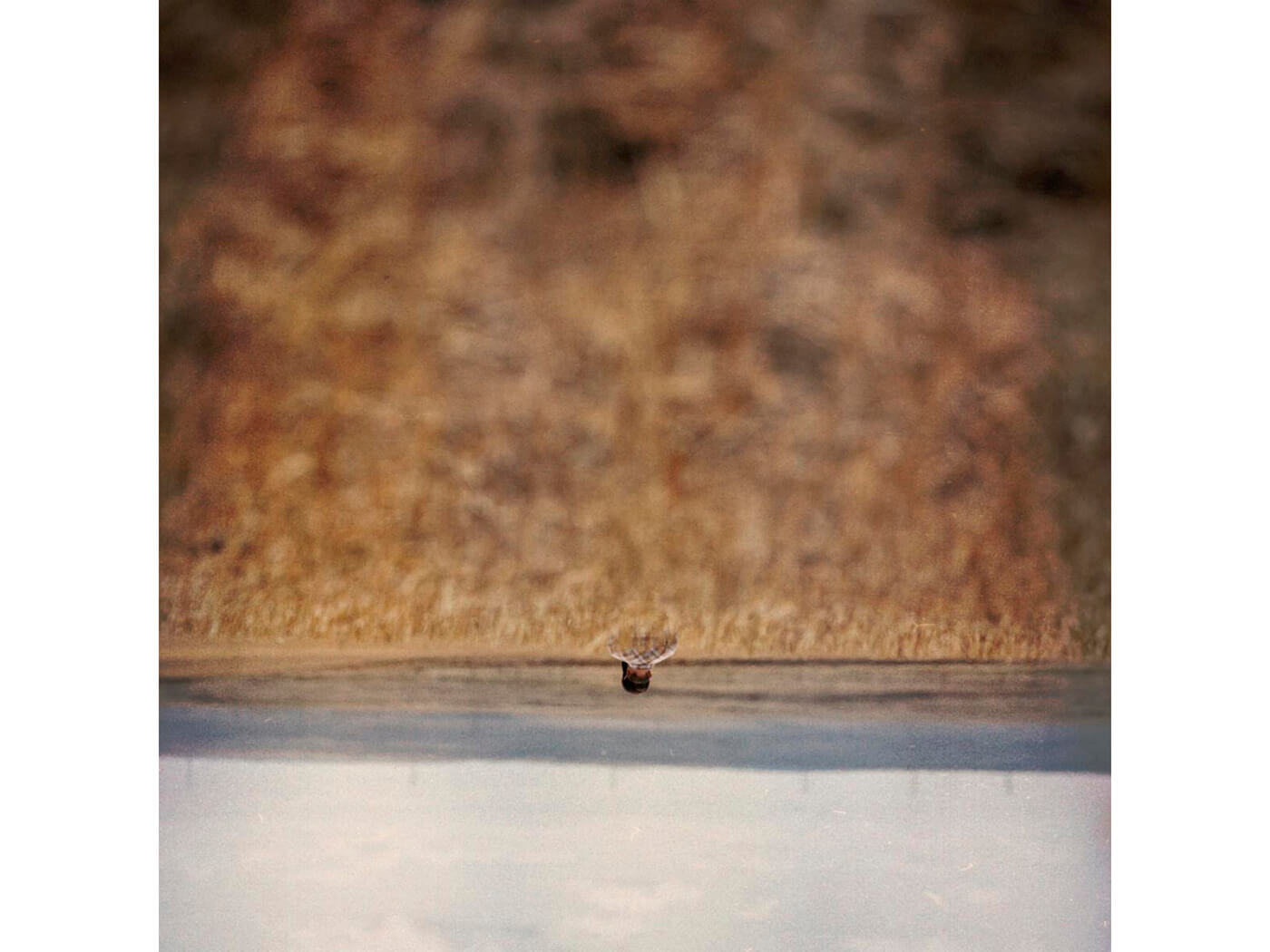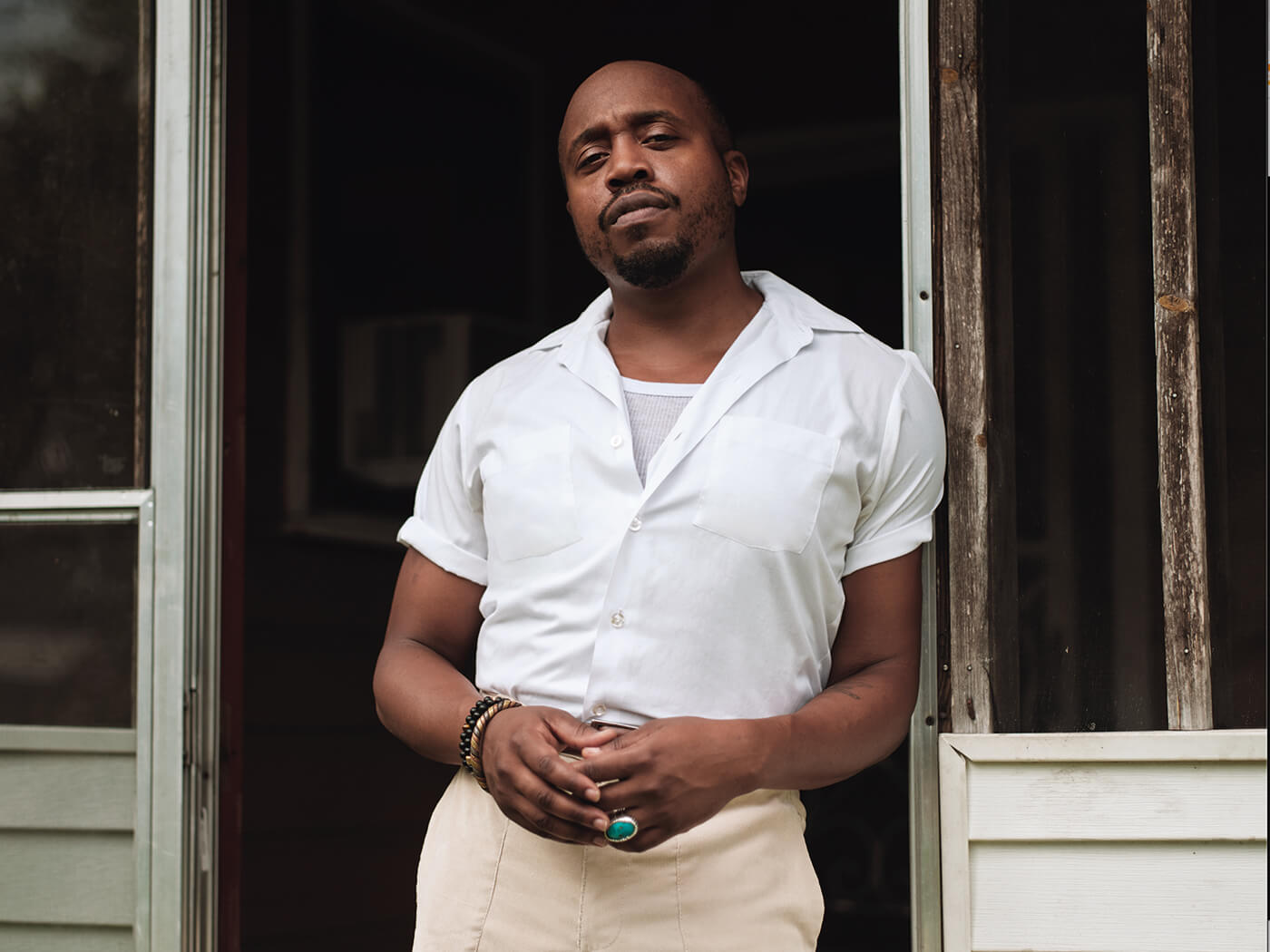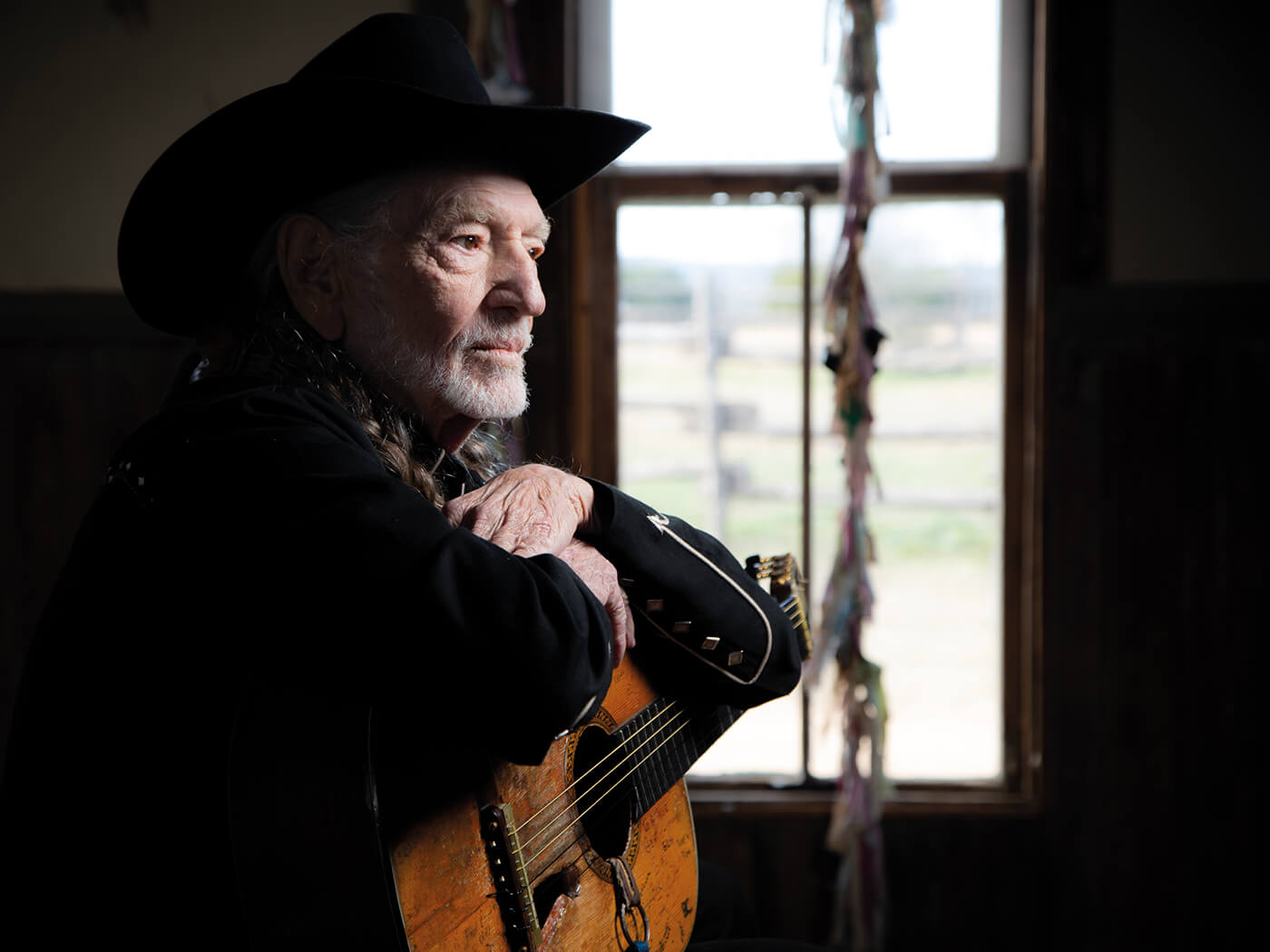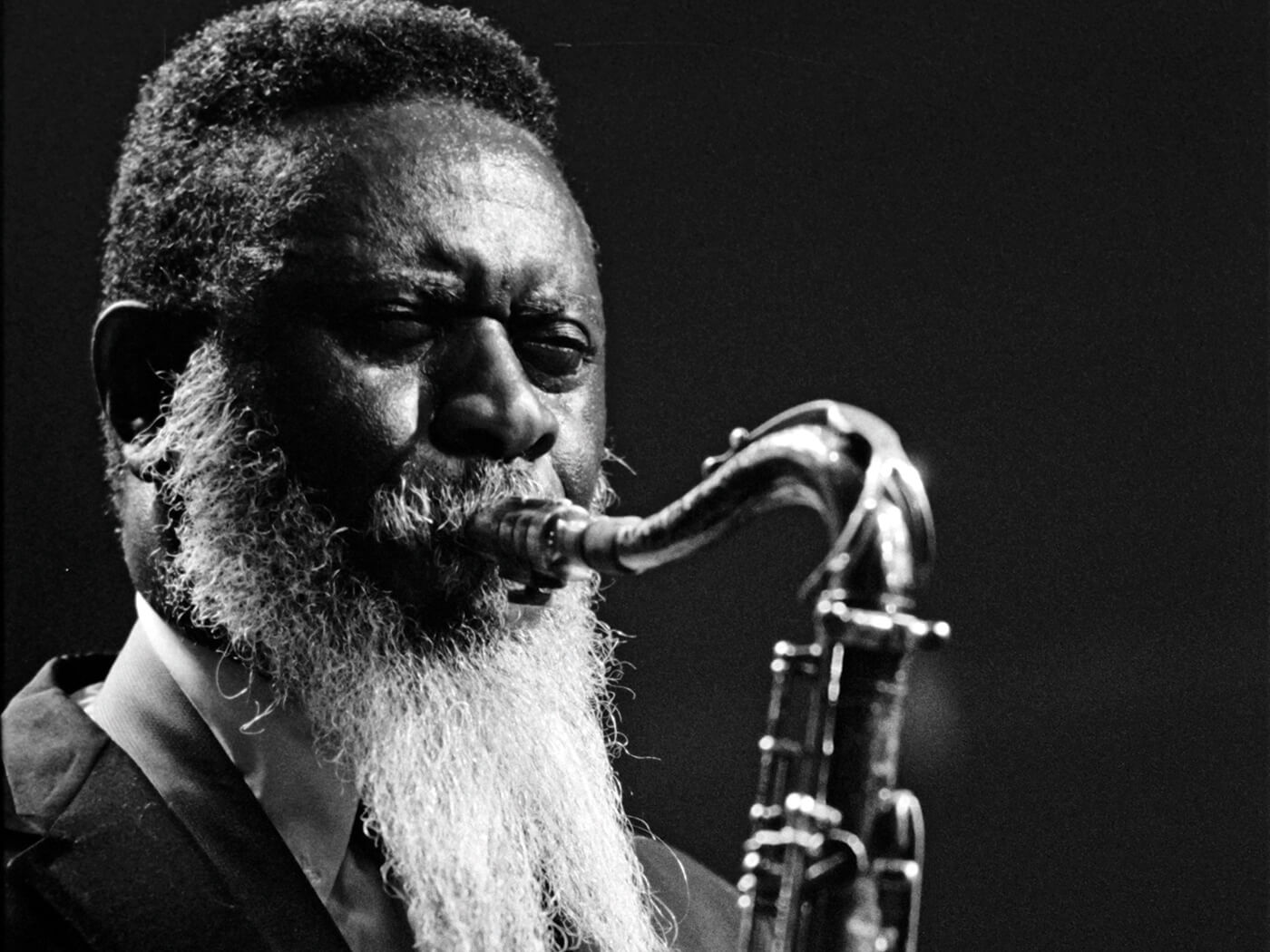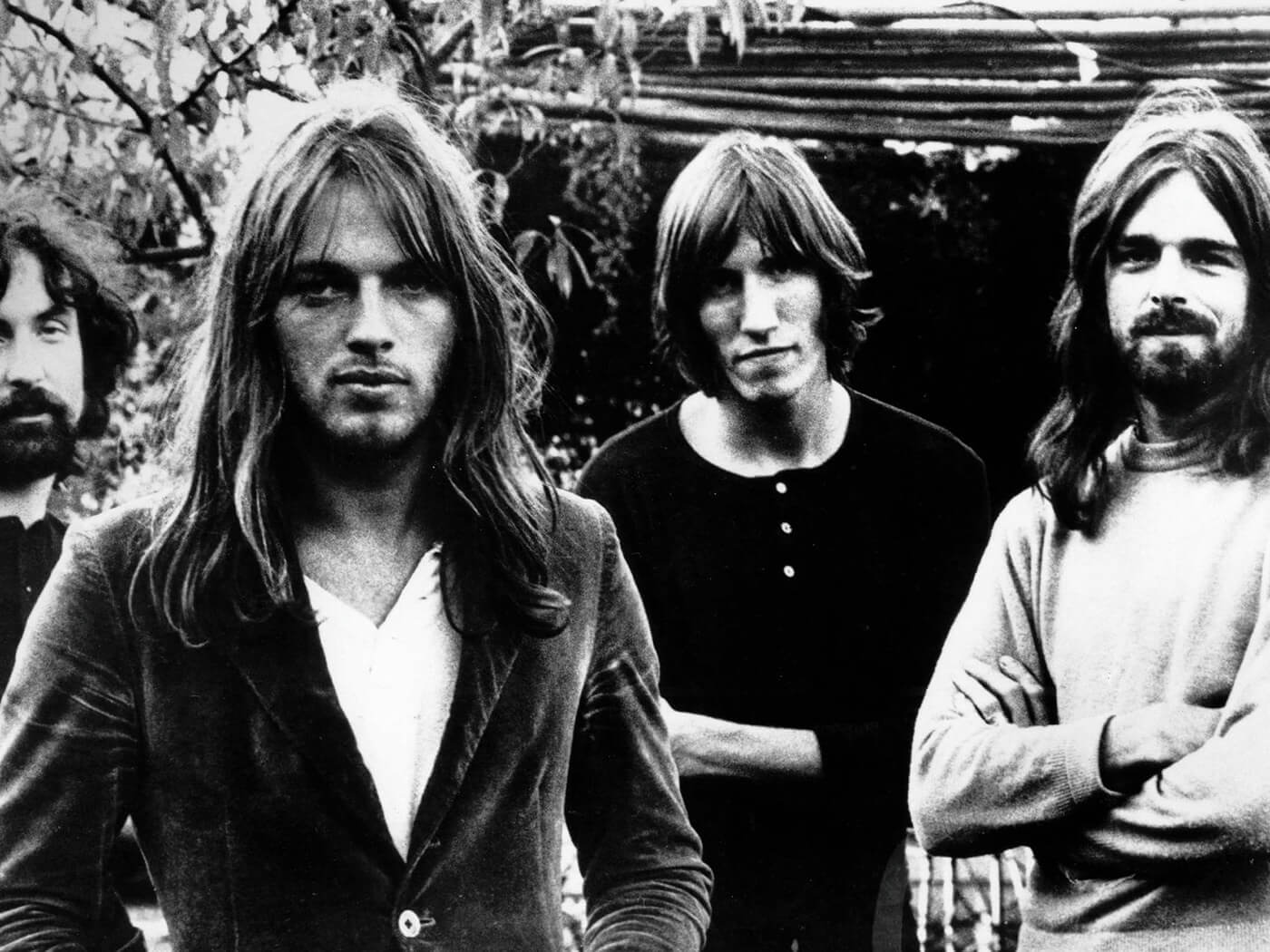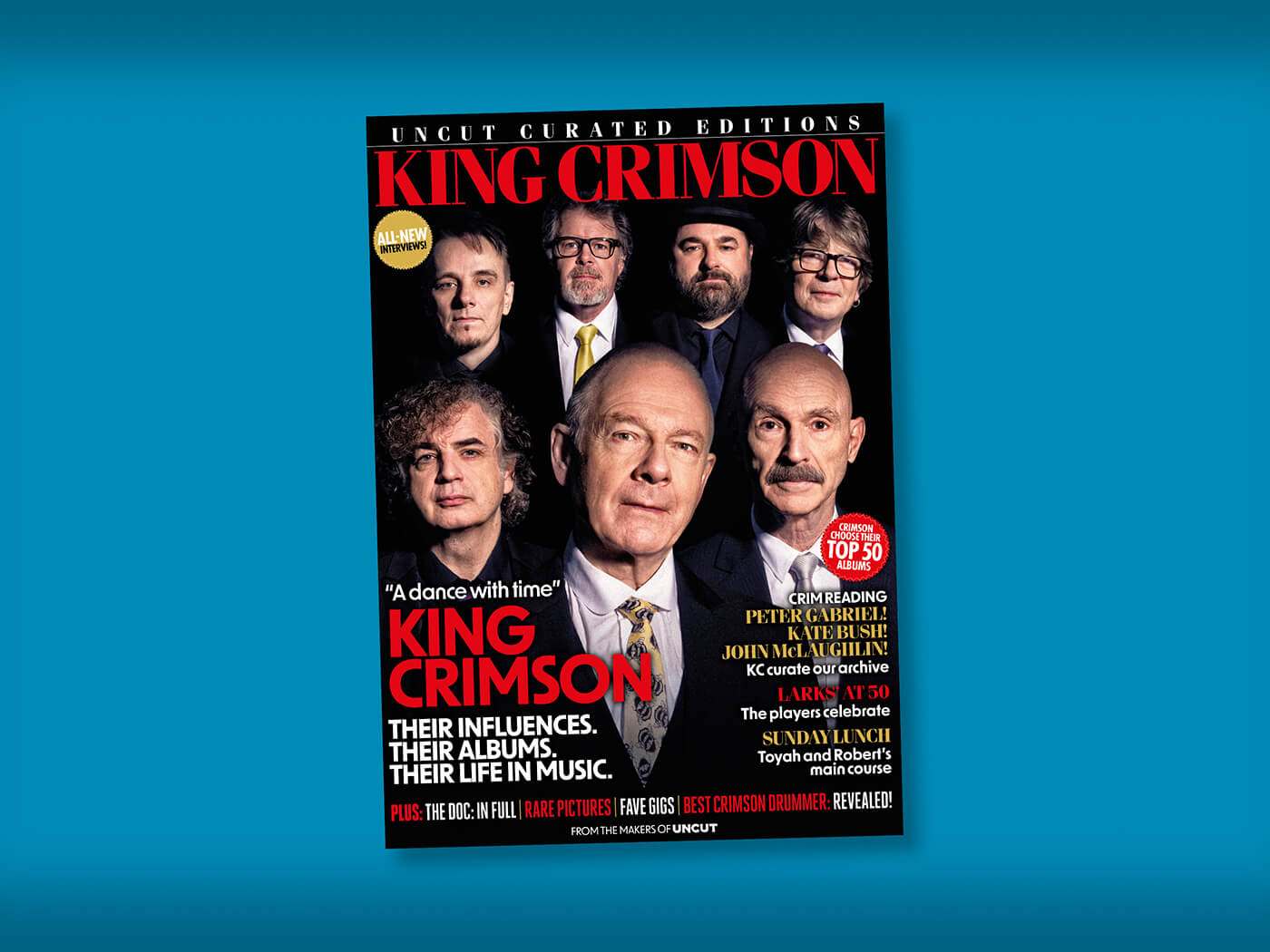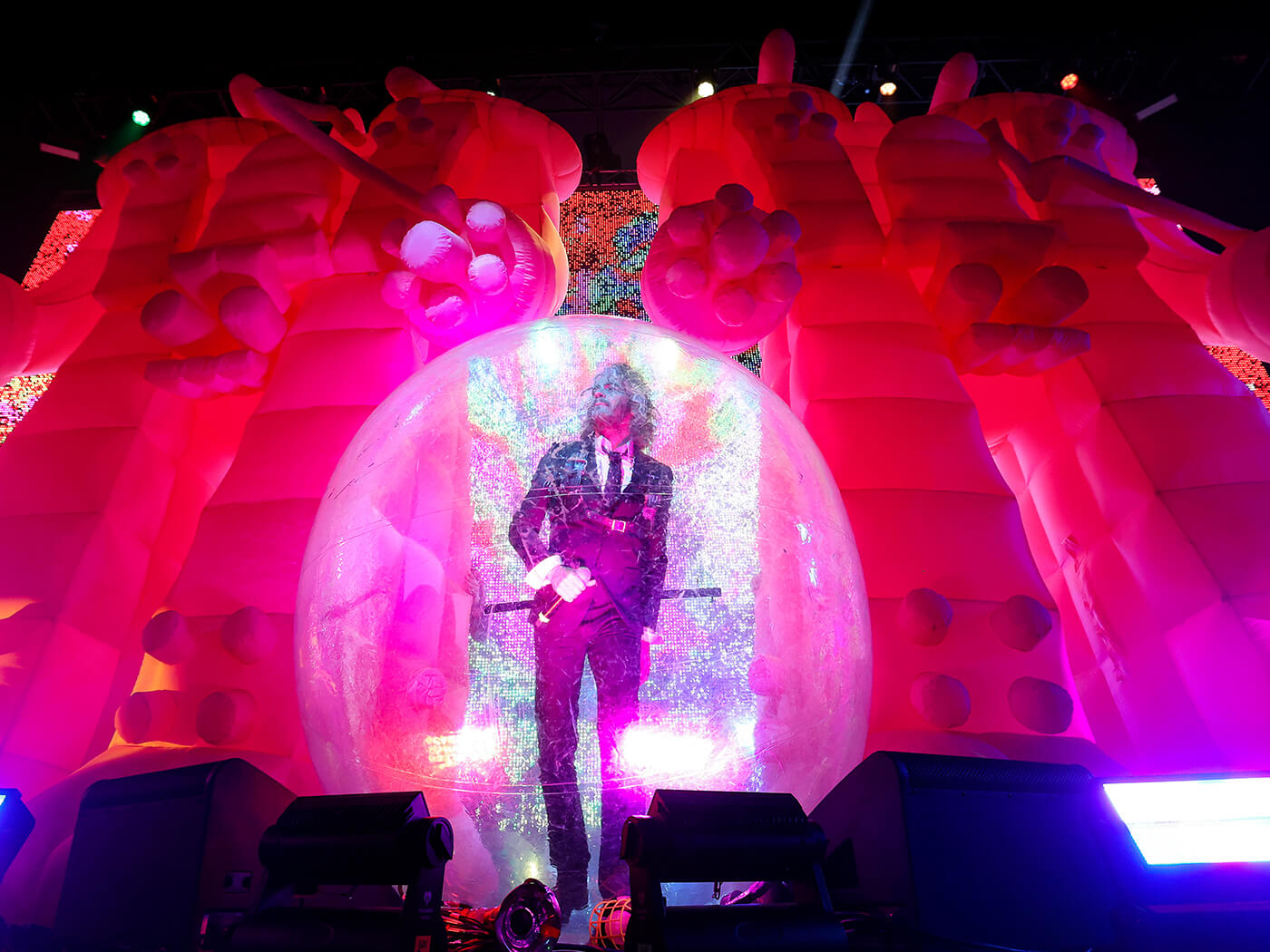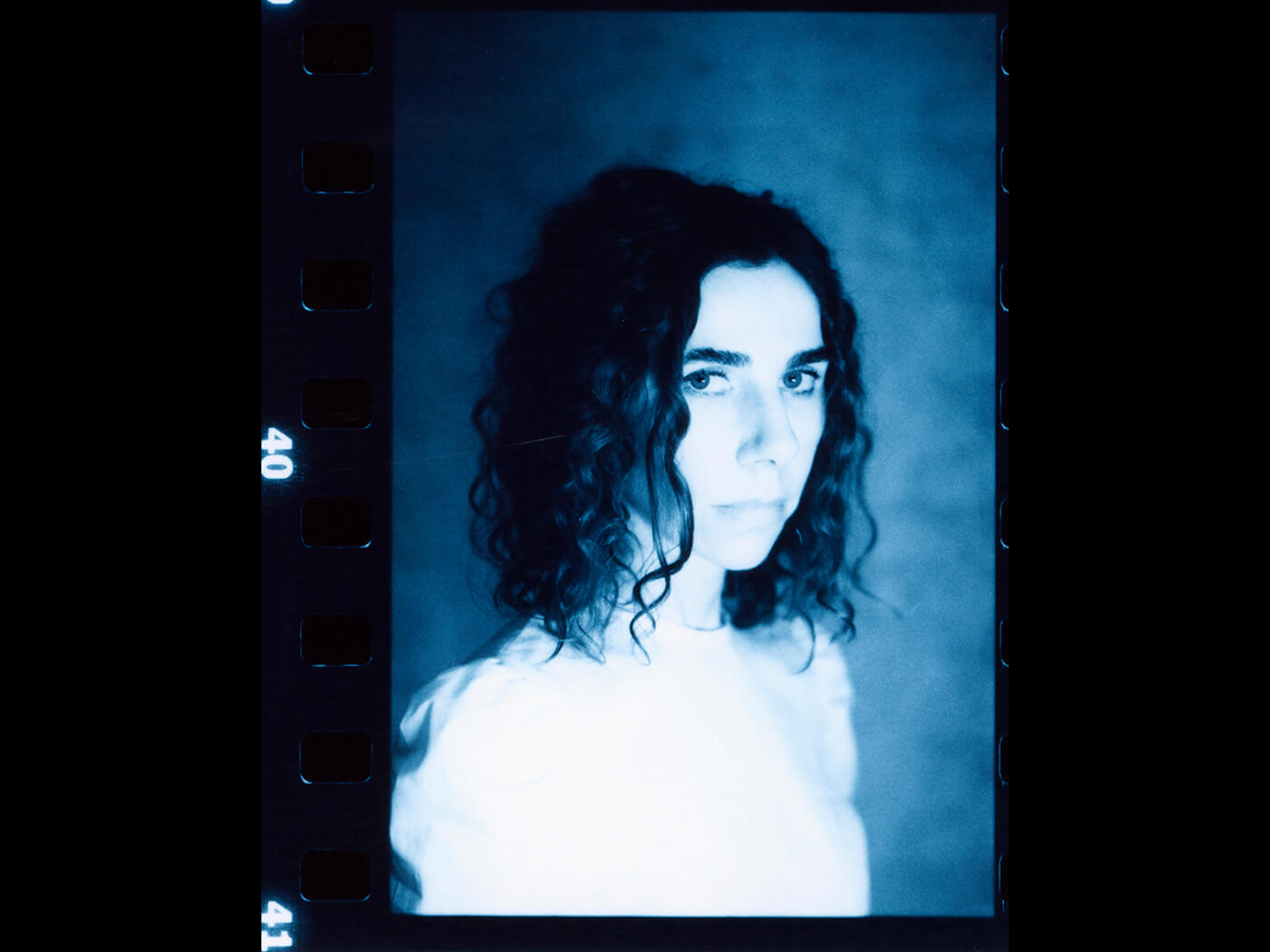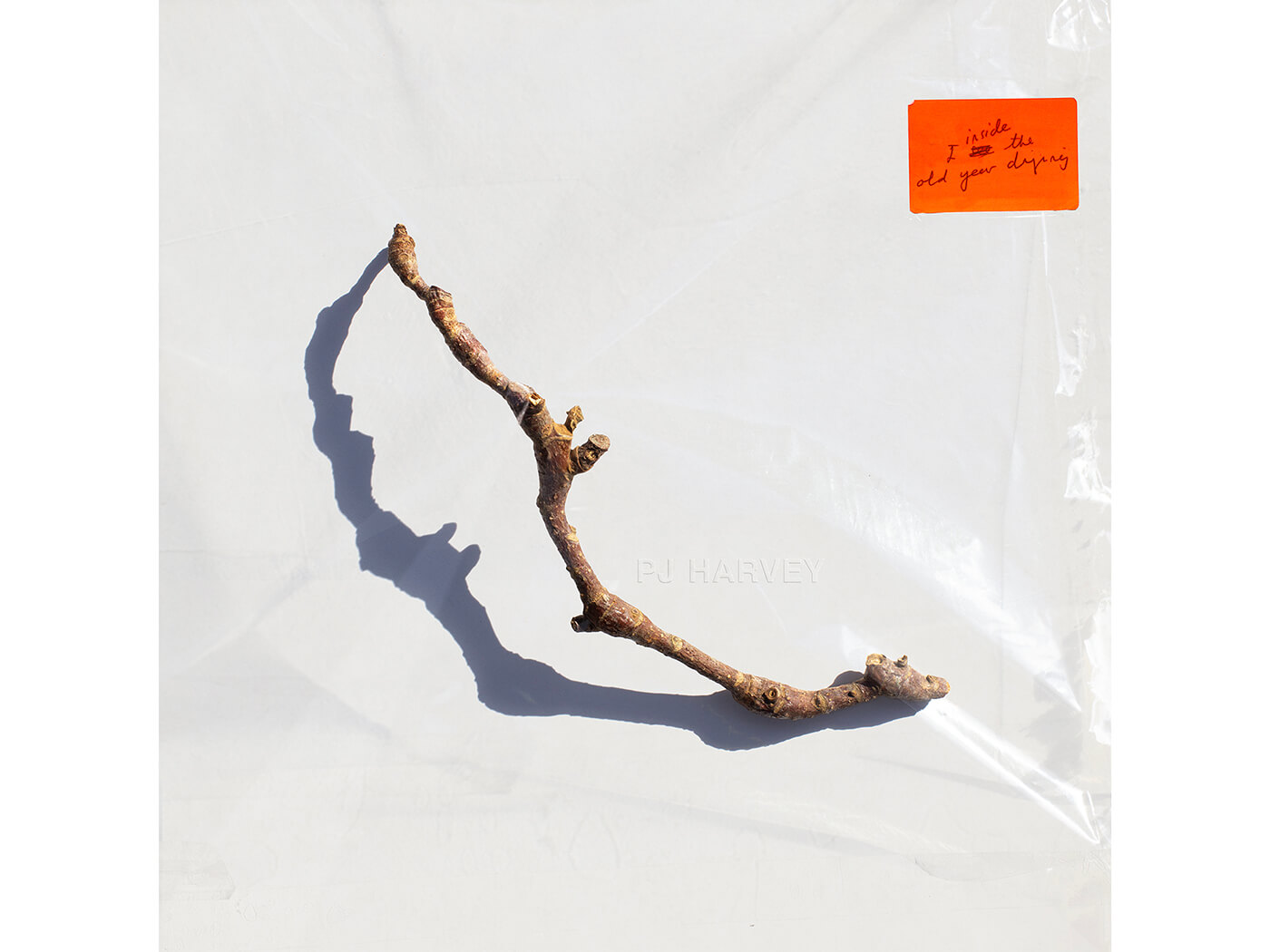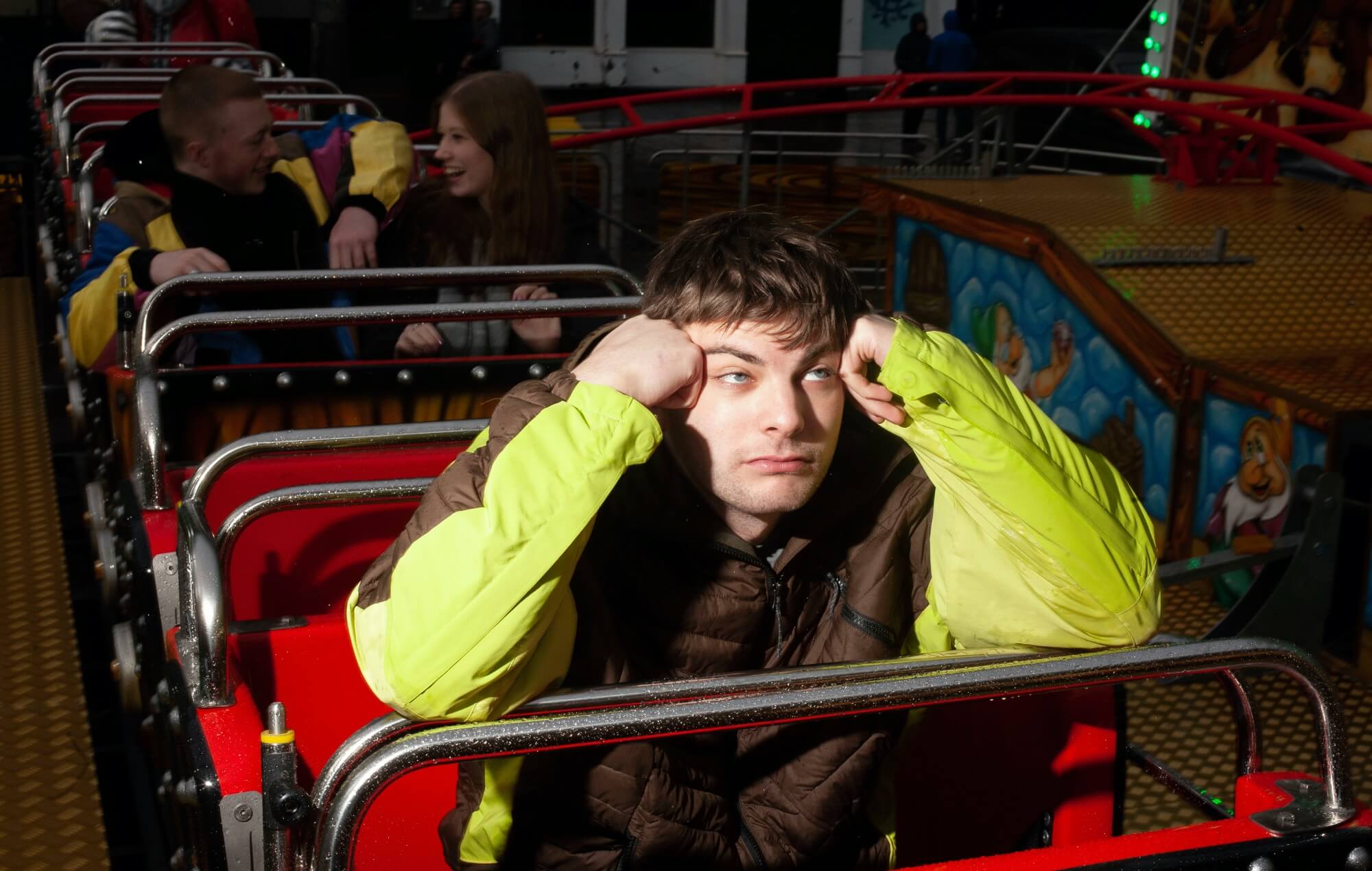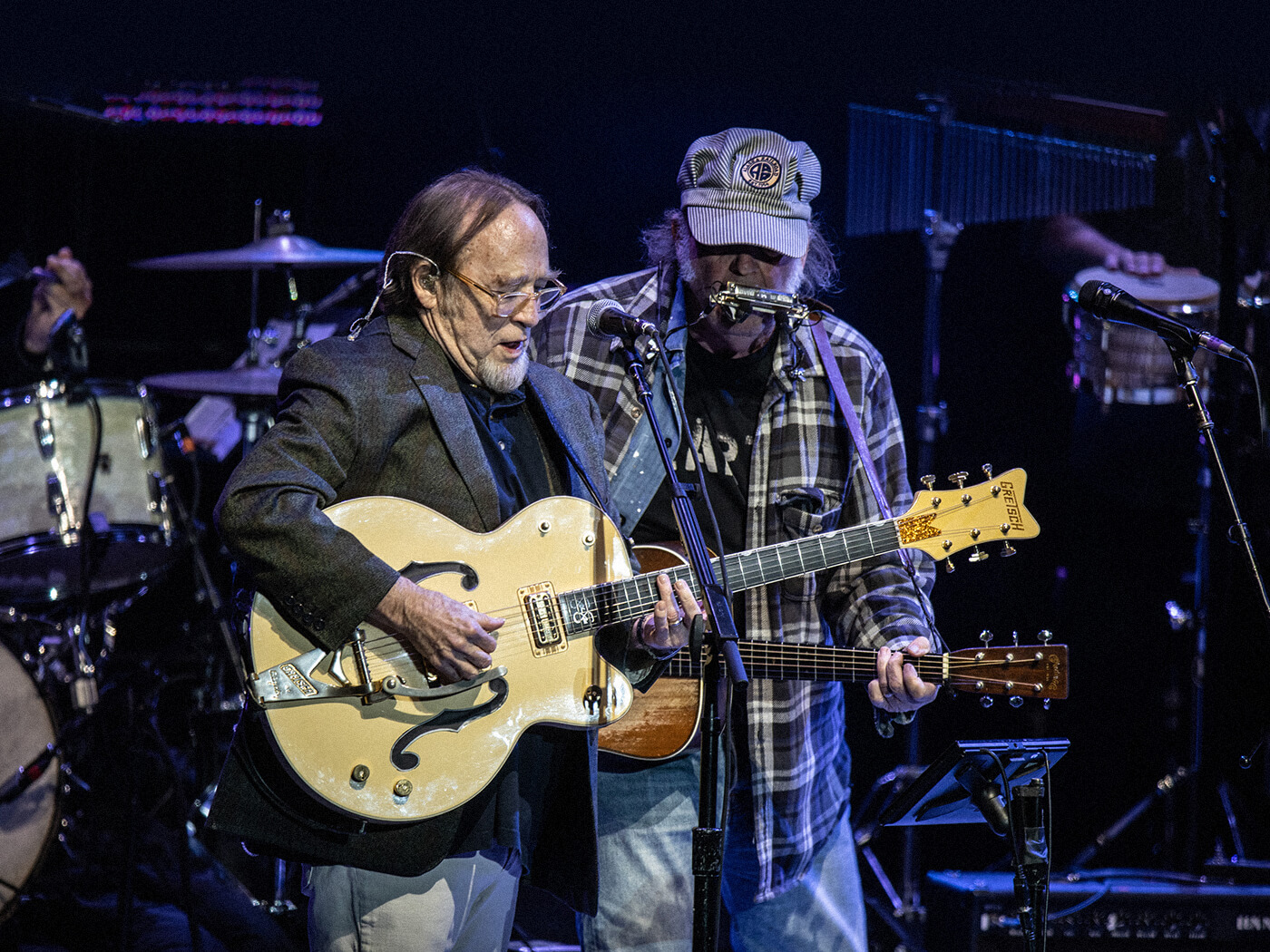Happy 90th birthday, Willie Nelson! Friends and collaborators including Steve Earle, Daniel Lanois and Margo Price salute an indefatigable icon in our JUNE 2023 issue of Uncut, available to buy here.
Texas’s Willie Hugh Nelson has not only lived a long life, he’s lived an almost implausibly full one too. By the time he released his first album, And Then I Wrote – in 1962, at the age of 29 – he’d already been playing in dance bands for almost 20 years and had penned a handful of country classics for other singers, including Patsy Cline’s “Crazy” and Faron Young’s “Hello Walls”.
In the 60 years since, he’s released over 70 more albums and starred in dozens of films. He’s been a country outlaw, a redneck hippie, a concept-album auteur, a standards singer, an IRS target, a Highwayman, and an affable connoisseur of golf and weed. His deft synthesis of so many different styles and sounds has inspired many subsequent generations of country crooners and renegade rock’n’rollers, while his list of duet partners – from Ray Charles to Julio Iglesias and Miranda Lambert to Wynton Marsalis – demonstrates his broad appeal.
Any career that thrives for eight decades will have more than its share of wild stories, inside jokes and hairy moments. In celebration of his 90th birthday, we asked some of his friends, collaborators and disciples to regale us with their best Willie tales.
Ray Benson (Asleep At The Wheel)
I met Willie in 1971 when Asleep At The Wheel were backing up country singers and he was just getting his thing going. We would play these small 200-seat clubs. We would do a one-hour set, then he would do a one-hour set, then we’d do another set and he’d do another set. One night at this funky kind of place in Dallas, he went onstage and he didn’t get off for three or four hours. He just played and played and played. He loved it, and the crowd loved it. The nightlife people – the strippers, the waitresses, the waiters, the guys
at the bar all night – they just worshipped him. Willie sang songs about their lives: “The nightlife ain’t no good life, but it’s my life”.
It was amazing to see him become successful, but it didn’t really change him. All of us liked to play golf, but we couldn’t afford the membership fees at the golf courses. And he didn’t want to adhere to the dress code anyway. So he just bought his own golf course. He’d be out there in shorts and a tank top playing golf with his buddies. I remember one time it was 35 degrees out, just freezing, and he wanted to play golf. So he hopped into his Mercedes, threw the clubs in the trunk, and was driving his car down the fairway like it’s a golf cart. He said, “Well, it’s my golf course – I can drive on it if I want to.”
Steve Earle
After I dropped out of high school in 1972, I saw Willie at a place in Houston that I think was called the Half Dollar. “Whiskey River” had become his opening and closing song, and he played it three, maybe even four times that night. It was an unbroken set, too – he didn’t like to take breaks. By that time Willie was starting to get a big hippie following, but they didn’t really know what they were walking into. They’d never been in what people back then called hat joints – places where people in cowboy hats would go dance to country music. There was a small group of long-haired kids who went up and sat cross-legged on the dancefloor, right at the foot of the stage. They weren’t really bothering anybody, but it pissed the cowboys off. Some of them started kicking people in the back when they danced by. Willie stopped the show right in the middle of the song and he yelled at them: “There’s room up here for some people to sit and for some people to dance. So cut it out.” And they stopped.
Culturally, nobody was more important in Texas than Willie. I had long hair, but I also had cowboy boots. I got my ass kicked. But I’d say within a year of that show, I found myself standing out in a cow pasture with the very same guys who would jump out of their trucks and beat my ass. We were all listening to the same music, and that’s all because of Willie.
Rodney Crowell
It was probably 1976. Mickey Raphael, Willie’s longtime harmonica player, was a good friend of mine, and I’d played him a newly written song called “Till I Gain Control Again”
at a party one night. Mickey got a version of it to Willie. I didn’t think much of it, but time goes by and Willie’s playing the Palomino in North Hollywood. Mickey told me I really needed to come down. The place was packed, everybody was just squeezed in. And Willie’s onstage and says, “I’m gonna do a Rodney Crowell song. Come on up, Rodney!”
This was the ’70s, so I had imbibed some of the greenery that was available at the time. I was topped off, as they would say. I remember thinking as I walked up to the stage, ‘Wow, I’ve been knighted. I am truly a songwriter now. This is what I’m supposed to be doing with my life.’ And then Willie starts singing, and I’m trying to match his phrasing. We all know that his phrasing is as original as it gets! And he’s looking over at me like he knows exactly what’s happening. He knew I was trying to sing with him, and he wasn’t gonna let me! So much for being knighted. Backstage, I say to him, ‘You were tricking me!’ And he said, ‘Man, I was tricking myself!’ He was just having fun with me.
Daniel Lanois
When I worked with him on [1998’s] Teatro, I spent some time with him on the bus planning out what we were going to do. I asked him, “What was it like when you got started?” He said, “We were pretty much a dance band that provided a romantic night or maybe a night of two-stepping. Saturday night was really important for those audiences, ’cause they’ve been working hard all week.” I was renting a theatre in Oxnard at the time, and I thought I would set it up like an old Texas dance club, one of the places Willie played when he was a kid. We had risers for Willie and Emmylou Harris, another riser for the drummers, and all these benches from the Mexican restaurant across the street.
What’s interesting about Willie is, he never questions anything. He’s just happy that people are devoted to him and trusts that we’ll all look after him. I put the band up in this beautiful hotel nearby, but Willie never went in. He just stayed on his bus, said he didn’t want to haul his luggage. He’d come in when we were ready for him. He’s a master singer and phraser, and once he has a grip on a song, he can deliver it in one or two takes. And he played a Gibson ES330, a lovely instrument from the ’60s; we just wanted a little variety. I said, “If you’re nice to me, I’ll give you that guitar.” But he said, “No, Trigger would get jealous.”
Margo Price
[Recording “Learning To Lose” from All American Made] was the most surreal, amazing experience ever. They told me when we got into the studio that Willie only ever does one or two takes, but he did it probably four times and it was so hard to pick which one we were going to keep because they all had such a different brilliance to them.
He has a studio in Spicewood, Texas that’s on his golf course. When we went there, Trigger, his guitar was all set up next to his stool, and there was another stool that had an ashtray and a couple joints sitting there waiting to be smoked. We just sat there in awe and listened. We hung out for the whole rest of the day and listened to him record his album God’s Problem Child. I couldn’t believe that he just let us sit there and listen to the rest of the session. And when we got done, he came out and shook my hand and shook Jeremy’s hand and said, “That is a great, well-written song.” And Jeremy said, “Well, we were stealing from you, Willie!” And he goes, “Yep, but I didn’t write that song – you wrote that song, and it’s a good one.” And that means more to me than any award or accolade.


